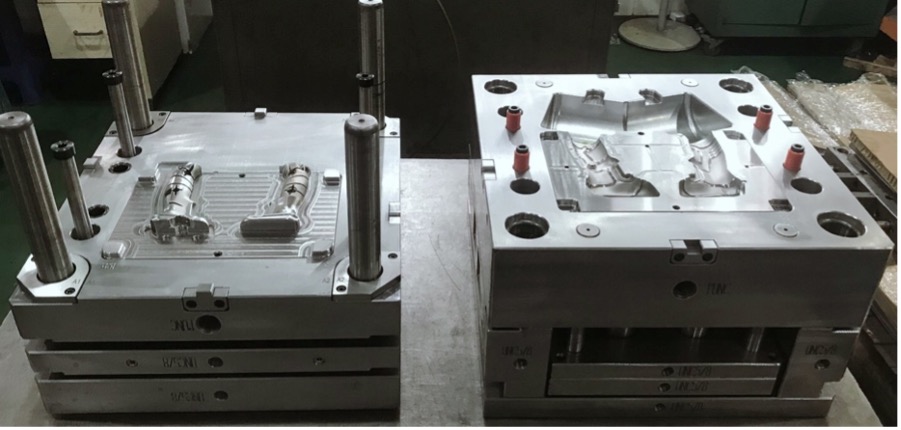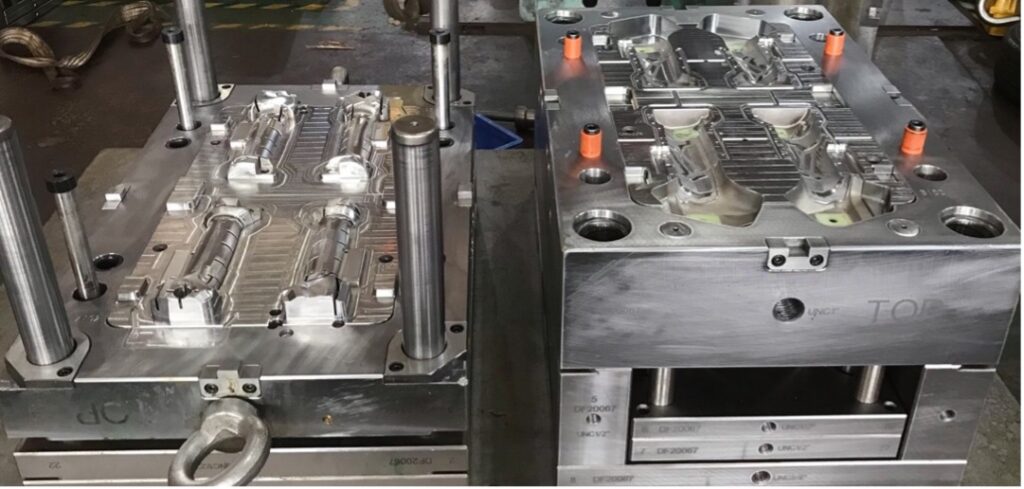How to make a change in household appliance injection mold?
During household appliance injection mold processes, the change of materials is important. Even when there is already a designed plastic household appliance, its respective mold built and everything ready to start production.
Moreover, we decide that the household appliance does not come in ABS, but in Nylon. And the new material comes from the manufacturer and the new resin is common.
Changing the plans, in this case making a variation of the resin to be common, is not at all recommended prior to the start of production unless it is absolutely necessary, there are some important considerations that must be taken into account to carry it out in the best possible way.
What do you need to know to make household appliance injection mold?
To ensure that an injection molding project for household appliance injection mold produces components within specification. It is necessary that both the technical area and the household appliance design. Further, mold manufacture takes into account the following indications if they decide to change resin:
- Shrinkage rates: Different resins will have different shrinkage rates. For example, materials like ABS and polycarbonate shrink in the range of 0.4% to 0.6% per linear dimension. Others like nylon and acetyl have shrinkage rates of around 2.2% to 3% per linear dimension.
How to make a change in household appliance injection mold?
Consequently, making a change from ABS to Nylon will result in a smaller final component than the original. In many cases, this may not be an inconvenience. However, if this new component is a household appliance injection mold of a pre-existing assembly, it is possible that its dimensional change could cause problems in the final coupling.
- Specific injection points and relief surfaces: injection points and degassing surfaces are usually designed specifically for each type of resin. Switching from one material to another can cause burr problems.
Otherwise, if the point originally designed for Nylon is too small to inject ABS, defects such as burns will be seen on the product due to high shear rates, as well as unwanted flow marks around the injection point.
Use of Additives in household appliance injection mold
Some manufacturers think that the use of additives to modify properties of household appliance injection mold. Fiberglass will not have a major effect on the manufacturing process. However, in this case, the fiberglass will significantly reduce the shrinkage rate of the final component.
Likewise, fiberglass is very abrasive for mold.
Why is the change of material necessary?
The lesson is that you should make material changes if you are fully aware of the implications. This decision will have on the household appliance, its associated components, and the mold.
Having a baseline of the laminating unit’s performance allows you to understand how much wear and tear it has over its life and maintain your productivity from household appliance injection mold.
What are the tips to monitor and control the performance injection unit?
Therefore, here are major five tips to monitor and control the performance of the injection unit:
Control on the transformation process
In polymer transformation processes, mass flows are crucial. Being clear about the kilograms per hour that our process transforms is essential to evaluate costs in terms of energy consumption, productivity, heat flows, or for any estimation and performance evaluation.
In extrusion, any revision comes to this value. In injection, it is more common to talk about the number of:
- household appliance
- cycle time
- among others
Therefore the first recommendation is that in household appliance injection mold the mass flow is also appropriated as the main performance indicator.
Injection capacity of machines
Injection machines are specified for an injection capacity. This normally comes in units of volume per unit of time and, in some cases, in units of mass per unit of time, but the most common is that they refer to units of mass in polystyrene.
Moreover, there are two points to consider here. The first is that if you process a resin other than polystyrene, you have to do a density conversion at process temperature. And the second is that the data is for a back pressure that in a few cases specify.
Further, here is the second recommendation. At the time of starting the machine, carry out a validation of the plasticizing capacity, with the different resins that will be common at different back pressures and also at different revolutions per minute. This will serve as a zero base for your team.
Monitoring of the condition of the check valve
It is also very important to monitor the condition of the check valve throughout its service life for household appliance injection mold. As already mentioned, this is a household appliance responsible for consistency in shot-to-shot weight.
Moreover, recommendation number three is to develop a test. You can raise the pressure, simulating the pressure important for injection or even higher. It is to evaluate how much material the non-return valve allows to be returned to the screw dosing zone.
Furthermore, this comes by evaluating the forward travel of the injection unit, at maximum pressure, without letting material escape. It will depend on the resin and the process temperature. Similarly, it is also good to carry out the zero-base evaluation with different materials. It is in order to then have points of comparison in the monitoring moments.
Location of the measuring elements
The condition of the heating bands and of the temperature measuring elements for household appliance injection mold located in the barrel should also be evaluated periodically.
Further, their condition can significantly affect the stability of the process and, therefore, the consistency and efficiency in terms of mass flow and product quality.
Operation of the household appliance injection mold
As a fifth recommendation, the metrological verification of the main geometric variables of the screw and barrel present; the correct operation of the injection unit will depend on the clearances between these two elements.
Summary household appliance injection mold
In addition, collecting a history will allow refining maintenance strategies and will even provide feedback to the optimization process of designs that in the future represent greater efficiencies.
As always, the resin processed, the working conditions, the product specifications, and the production levels will make the household appliance injection mold represent a greater or lesser relevance. However, do not lose sight of the evolution of the injection unit over time.



